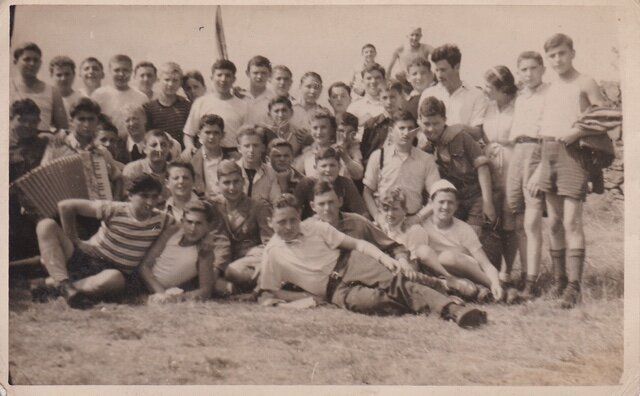Holocaust survivor Sam Laskier still remembers his shock at arriving at Lake Windermere in 1945.
At Auschwitz-Birkenau, Sam had been stripped, shaved, showered, and disinfected, before being tattooed with the camp entry number B2413 and sent to work digging ditches. On his three-week journey from Buchenwald to Theresienstadt he was given no food and had to survive on a sickening concoction he describes as “poison soup”, made from snow, leaves and grass that the prisoners scavenged from the side of the road when the cattle wagons transporting them stopped. By the time they arrived, one of the wagons carried just the corpses of those who hadn’t survived the journey.

Now, instead, he was given underwear, clean clothes, a bed, a chest of drawers to himself and even a chocolate bar.
That he was now in an environment where he was encouraged to eat, rest, sleep and learn took time to sink in.
“We came from hell and we ended up in a place called Windermere that was absolutely phenomenal,” he told HuffPost UK. “We couldn’t believe our eyes. We were still traumatised to such an extent that we couldn’t trust people. We didn’t know if we were safe.”
Six million Jewish people were murdered during the Holocaust in the years leading up to 1945.
But from those unimaginable horrors grew stories of hope and resilience.
Sam’s tale is among them. It is dramatised in a new BBC programme about the 305 (and one stowaway) child survivors of the Nazi regime brought to Lake Windermere in Britain after the war.
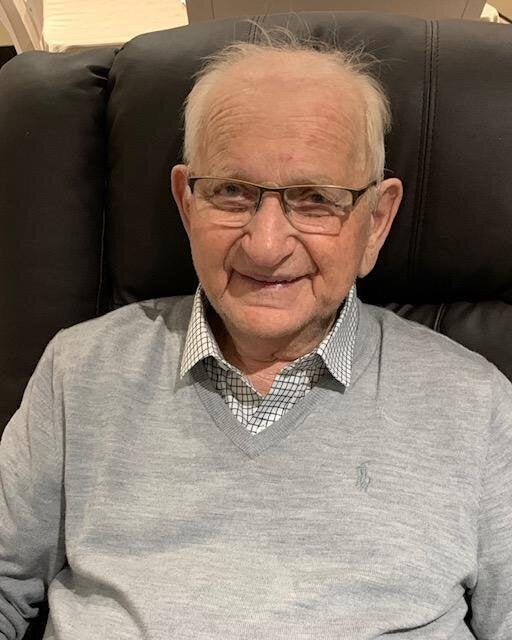
They arrived in the picturesque Cumbrian village – chosen because it was believed the serene landscape and crisp air would aid their recovery – with just the threadbare clothes on their backs, having been liberated from concentration and labour camps. Many were the sole survivors of their entire families.
Airing on Monday, which is recognised by the United Nations as Holocaust Memorial Day, The Windermere Children tells the true story of those children who escaped the unimaginable horrors perpetrated by Hitler’s Nazi party and who were brought to the Calgarth Estate in the village of Troutbeck Bridge to recuperate and begin new lives.
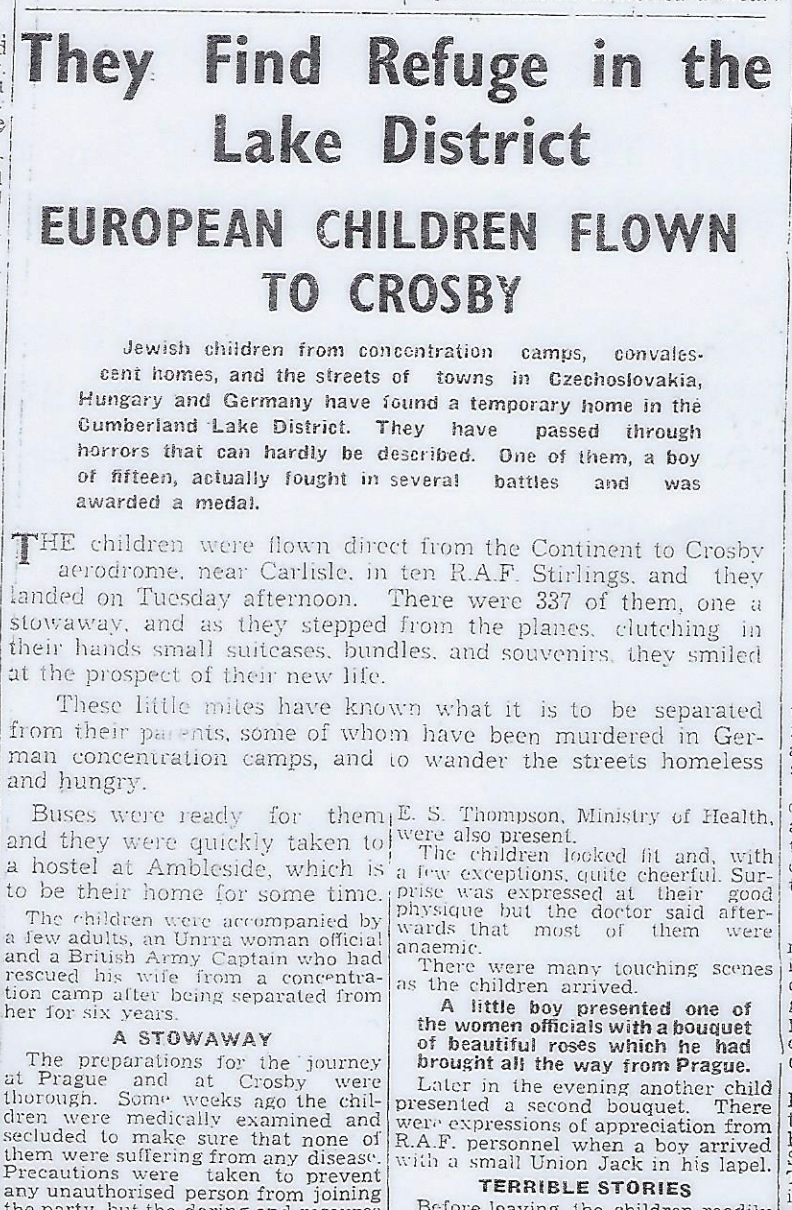
The scheme was arranged by World Jewish Relief, then called The Central Fund for German Jewry, which was established in 1933 to support the needs of Jews in both Germany and Austria, and rescued about 65,000 Jews from Nazi Europe prior to the outbreak of the Second World War. Following the liberation of Auschwitz, its focus turned to helping survivors of the concentration camps.
Child psychologist Oscar Friedmann (played by Thomas Kretschmann) led the care of the children. Along with his team of counsellors, including art therapist Marie Paneth (Romola Garai), philanthropist Leonard Montefiore (Tim McInnerny) and sports coach Jock Lawrence (Iain Glen), they had four months to help the children reclaim their lives.
By the lake, the children learned English, played football, rode bikes, processed their trauma through painting – and began to heal.
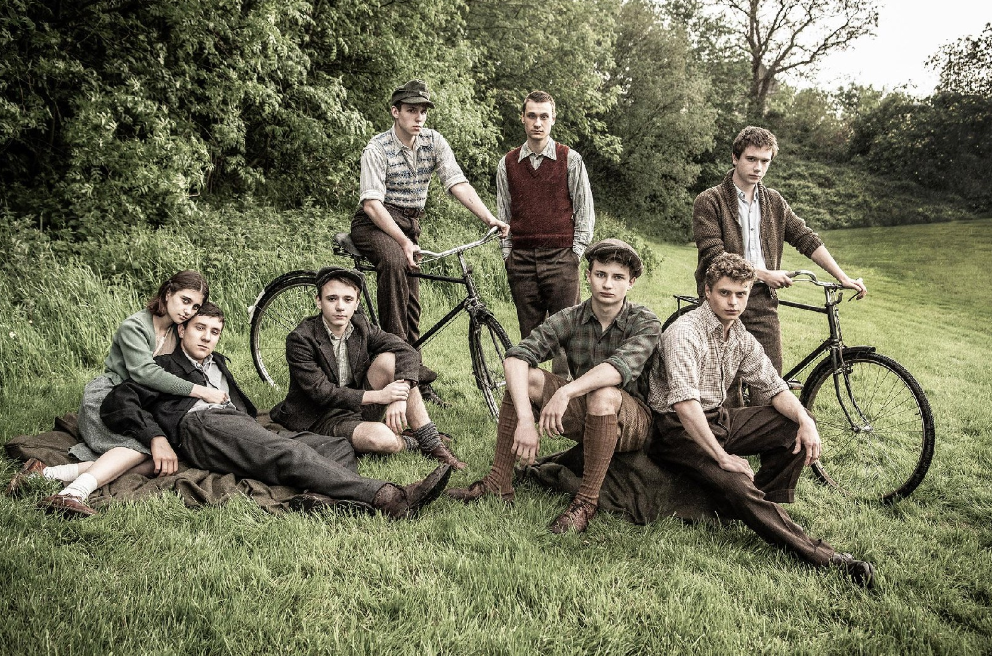
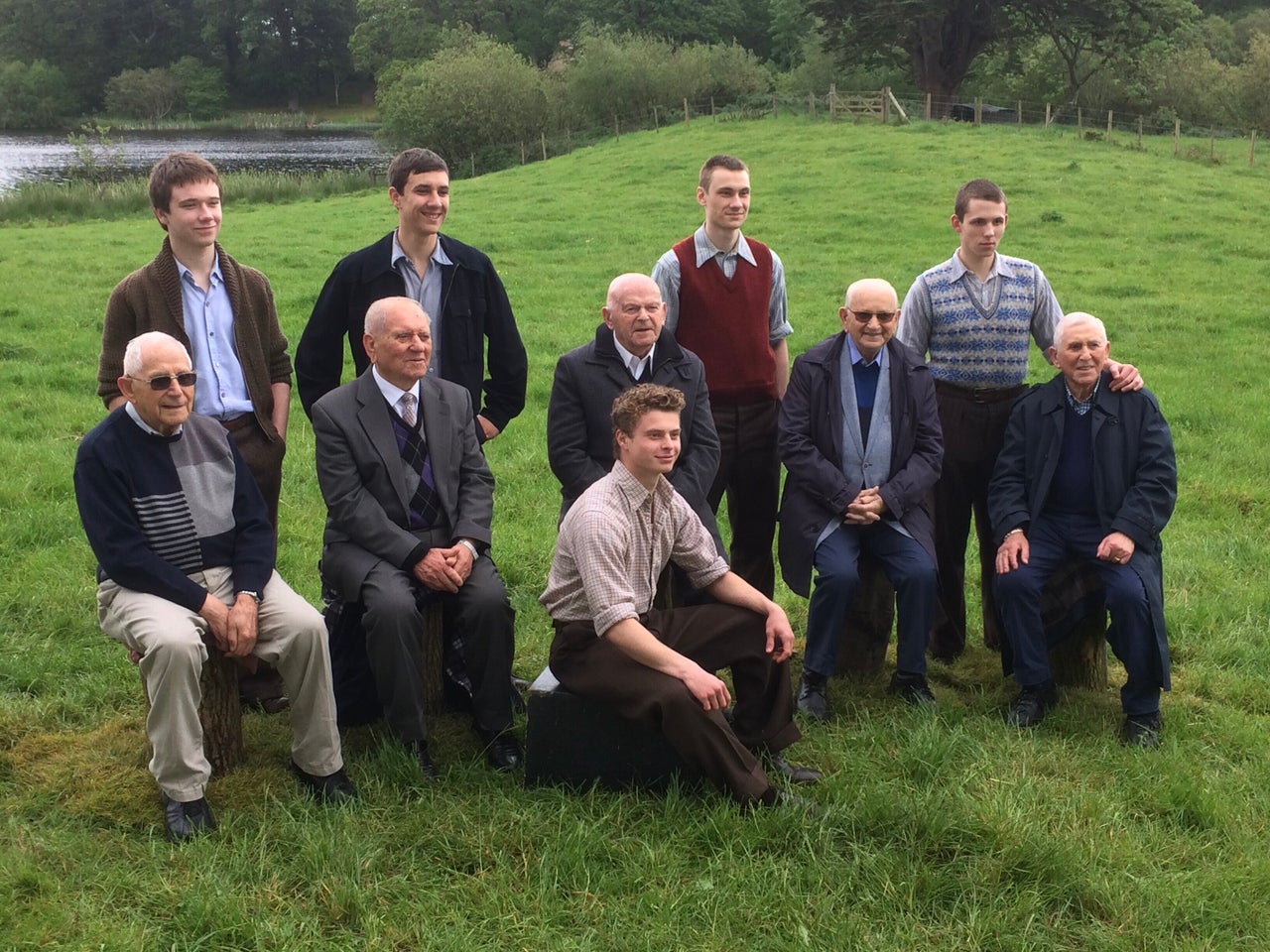
The Windermere Children paints a picture of traumatised youngsters haunted by nightmares, and yearning for news of their loved ones. When the Red Cross arrives with letters about the fates of their families, none of them receives good news.
But in the absence of relatives, the children find family in each other, forging bonds that have lasted lifetimes and continue to endure to this day.
Many of the resources and research for the programme were provided by Trevor Avery and Rosemary Smith, who have been compiling the Lake District Holocaust Project for the last 15 years and working on the film with the BBC for three years.
Sam Laskier and Harry Olmer were among those given new beginnings at Lake Windermere. Now both 92, they are among the last living Holocaust survivors.
Born in Warsaw in 1927, Sam was 12 when war broke out and 18 when he arrived in Windermere in August 1945. During his short life, he had lived in the Warsaw Ghetto and concentration camps in Blizin, Auschwitz-Birkenau, Buchewald and Theresienstadt.
A spread of bread and jam greeted the refugees upon their arrival, and Sam recalls rationing and squirrelling much of his portion away, fearful of a repeat of the starvation conditions most endured under Nazi rule.

He said: “It was very, very unusual. It was something tremendous, phenomenal. But at the same time, psychologically, we didn’t know if we were really, really safe. We had counsellors and psychologists who worked to phase it out of us. It took a while, but eventually we managed to get back to some sort of normality.
“We had every opportunity to do whatever we were capable of doing. You know, if you wanted to go and play the piano, they’d give you the facilities for that.”
Paperwork from the time charting the children’s progress revealed Sam to be a “very fair boy who does not like to wear light clothes because it does not suit him.”
“Sometimes lives very close up to himself and should be given here and again individual attention. He is a good natured and sincere boy, is Orthodox and wants to go to Palestine.”
The attention and care afforded to the children would gradually pay off.
Sam said: “We knew the war was over, we started getting jobs, we started getting a reasonable life, I learned the language, we went out with young ladies and started going to the clubs. And eventually, we became so busy making our own lives and enjoying ourselves that we began to recover from the trauma. We were trying to live normal lives and to forget the past, but we will always remember the people we lost.”

The environment at Windermere encouraged a sense of family and belonging for children who had lost everything and who would have to re-learn that they no longer had to fight for food or possessions.
Sam added: “One of the things that helped us in Windermere was that while we didn’t have anybody else and we all came from different places, we had one thing in common and that was our suffering. Because of that we felt as though we were one big family.”
In 1946, Sam and his sister Rushka were reunited in the UK and he went on to settle in Manchester, where he met his wife Blanche and began a family of his own.

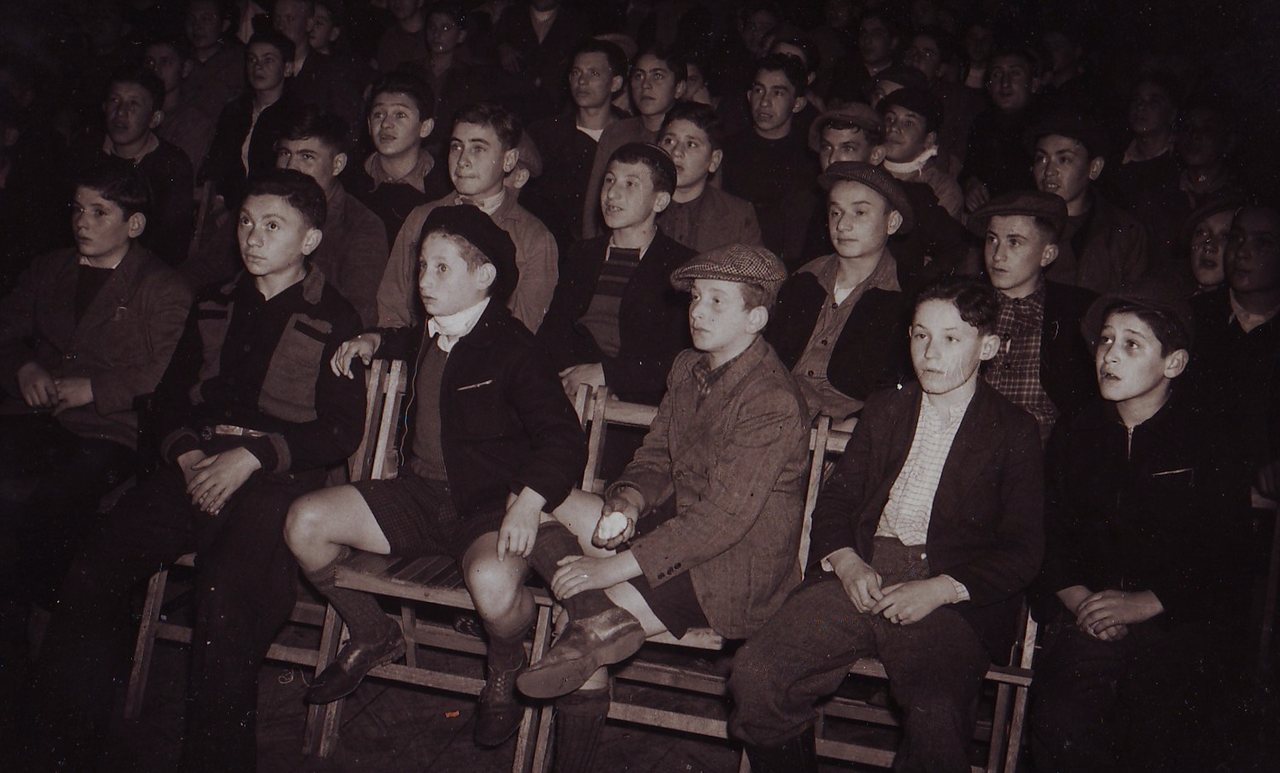
Now a grandfather-of-five, he admits: “The stain of being in the camp is always with me and will be until my dying day.”
That suffering that united the so-called Windermere children was sometimes almost too much to bear.
Documents from the time reveal 15-year-old Harry suffered such vivid nightmares, he would be found shouting and banging on the walls of the dormitory. Upon being woken, he claimed to have no memory of his dreams.
The teenager pointedly refused to speak of his experiences in the concentration camps, and often urged others not to repeat what they had endured, insisting: “Genug, dass du es gesehen hast, must nicht daruber sprechen.” (It is enough that you saw it – you don’t have to talk about it.”)
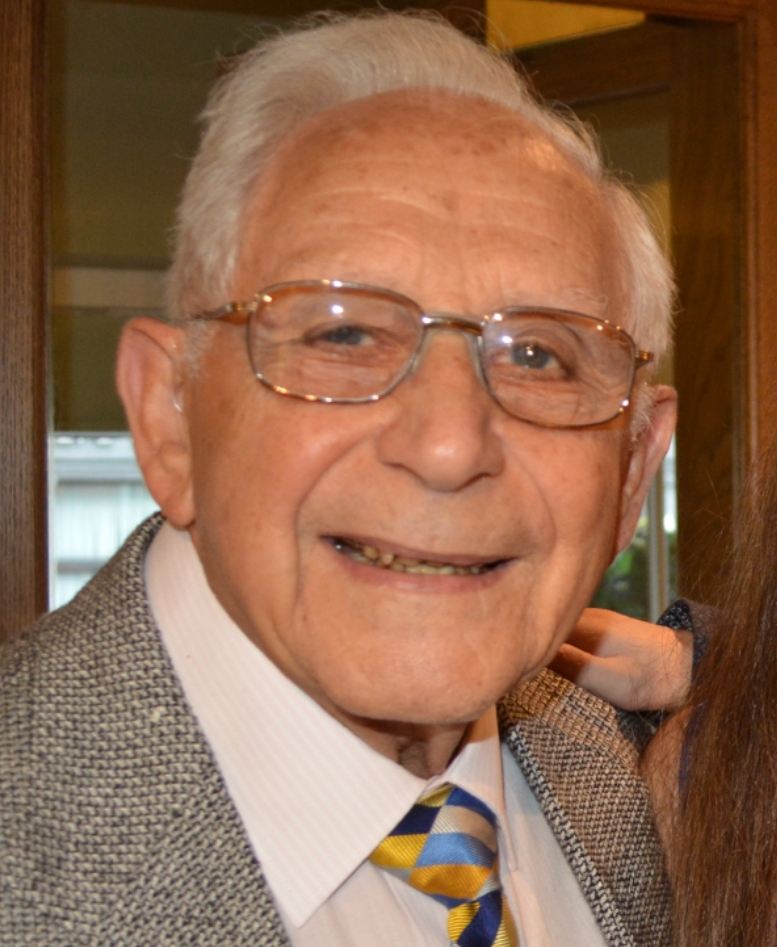
Harry had arrived purely by chance after taking the place of one of the children on the list (Frein Mincberg) who became too ill to travel. He had been liberated from the Therezenstadt concentration camp by the Russian Army on May 8, 1945.
On July 14, he was among the mainly boys and a few girls who were sent to England in a squadron of converted Stirling bombers that took off from Prague.
Each aircraft took 30 children at a time, with the youngsters sitting on the floor either side of the empty cargo holds for the eight-hour journey. Harry still recalls his wonder at being handed a sandwich during the trip.
One of six siblings, he was born in Sosnowiec, close to the German border in south-west Poland. Between 1940 and 1942, the family toiled under German occupation doing street cleaning and repairing homes.
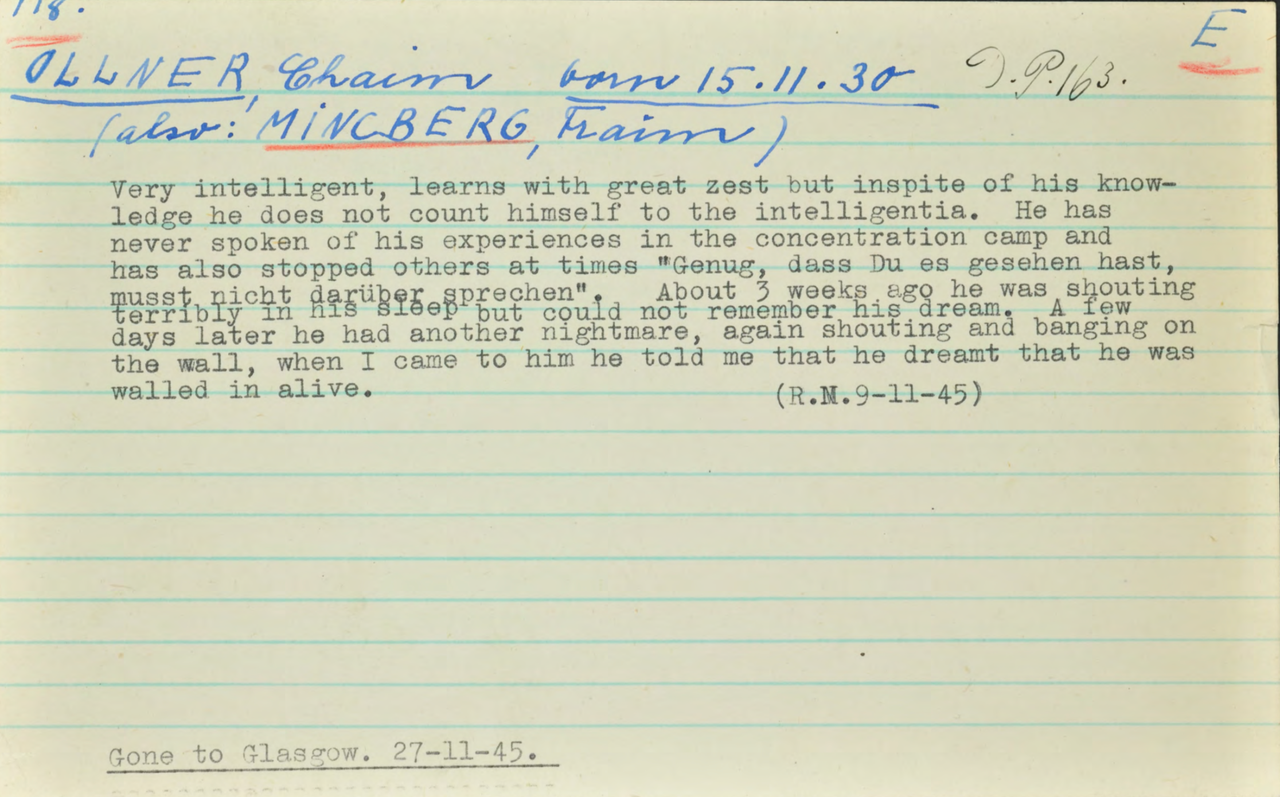
After that, the family were expelled from their home and he was sent to a number of concentration camps and munitions factories where he filled shells with explosives and manufactured landmines in conditions he describes as “hell on earth”.
For Harry, being in Windermere meant “being alive”.
He said: “It was absolutely heavenly. Really heavenly. The difference was enormous in every respect; the accommodation, the food, the care. It was indescribable. You can’t compare it to what it was before.”
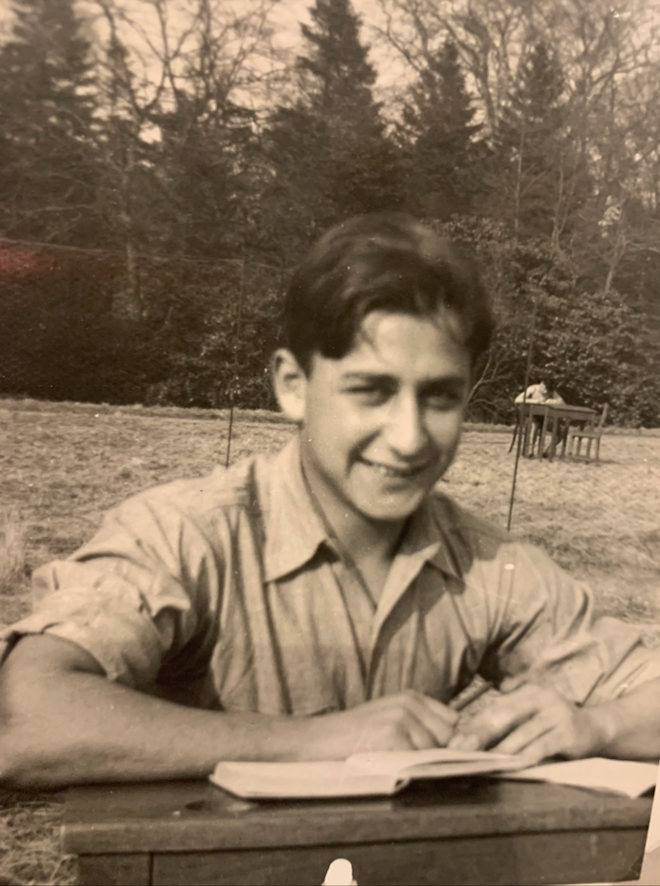
A month later, Harry was sent from Windermere to Loch Lomond, where he spent a further year recuperating. In 1948 he began to study dentistry at Glasgow University, qualifying in 1953. Records from Windermere describe Olmer as “very intelligent” and one who was “liked very much by the staff and the boys”.
A handwritten letter archived by World Jewish Relief from Harry to his psychologist Oscar Friedmann states that he has been accepted to Glasgow University to pursue his dream of becoming a dentist, noting: “You were helping me through all these crooked ways and now that I am on the right path that lies before me straight ahead, I feel confident of receiving help in order to reach my goal.”
Harry did reach his goal, settling in Potters Bar, where he remained a dentist until his retirement in December 2013.
A further note from Harry’s time in Scotland, written to the doctor on his behalf, requests a £4 loan for a briefcase so he could keep his university books protected from the “Glasgow weather”.
It adds: “I am sure you will be pleased to know Chaim [a name he was also known by] passed his term exams amongst the top of his class. In fact I think he was second top which is really quite an achievement considering his whole background.”
Paul Anticoni, World Jewish Relief’s chief exec, said: “This year marks 75 years since World Jewish Relief, then known as the Central British Fund, rescued 732 child Holocaust survivors and brought them to the UK.
“We are delighted that the story of the first 300 children to arrive in 1945 will be brought to life in the moving television drama The Windermere Children, followed by a fascinating documentary which highlights the role of the CBF, in particular one of our founders, Leonard Montefiore, and staff member Dr Oscar Friedmann.
“Our archive has documents recording the experiences of these children after arriving in the UK, the challenges they faced and the continued support they received from the CBF including money for new clothes and education as well as help with training and job hunting.”
He added: “It makes me proud to lead an organisation that has always been unafraid to tackle a seemingly impossible challenge. It cost the CBF in excess of £1m to rescue and rehabilitate the child survivors, worth approximately £81m today. With no government funds, the entire endeavour was supported by fundraising from the British Jewish community – not just for four months at Windermere but for many years to come.
“It may be 75 years later, but our history still inspires us and many aspects of our work remain the same. We help Jewish people around the world who have no one else to turn to. We understand the plight of the refugee and lend our expertise to giving them a second chance. And the British Jewish community rely on us to respond to humanitarian disasters, assisting people in need regardless of their faith or nationality.
“On Holocaust Memorial Day, I stand together with World Jewish Relief to remember people murdered by the Nazis and all victims of genocide.”
The Windermere Children airs at 9pm on BBC Two on January 27, which is Holocaust Memorial Day.
